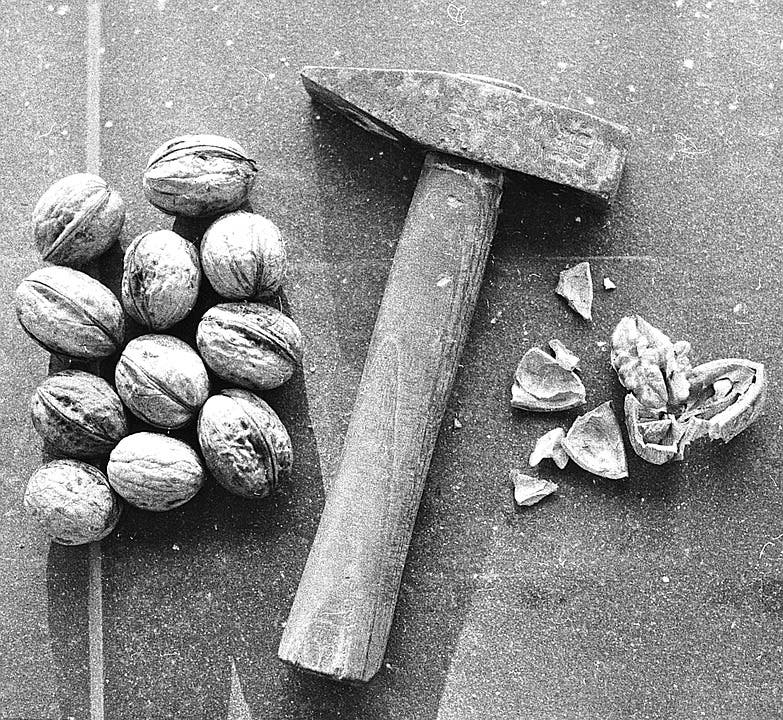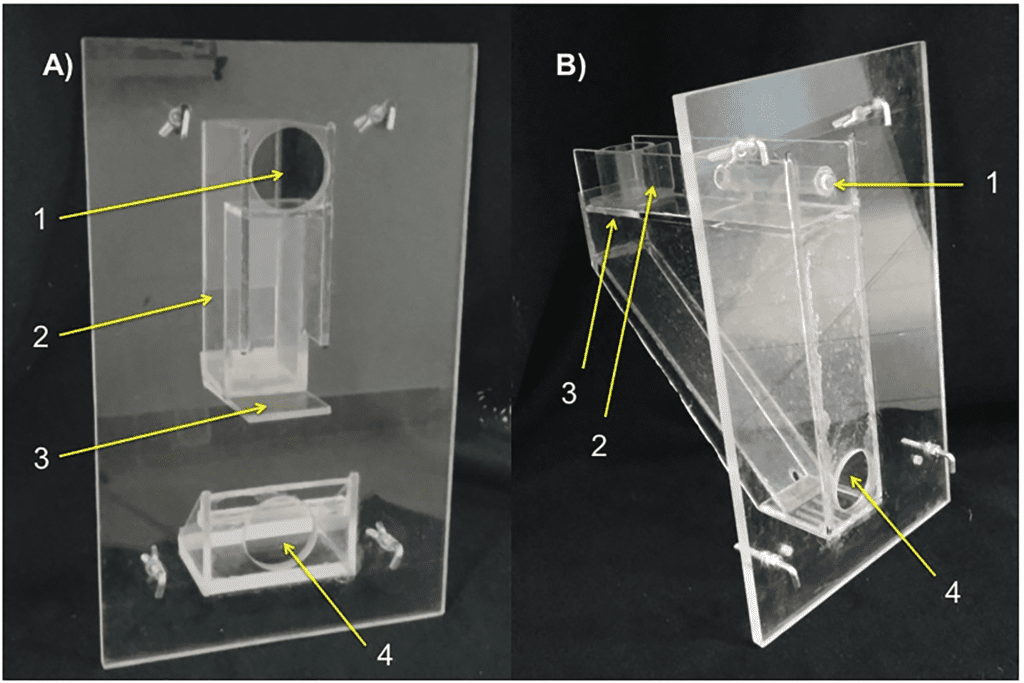Sadly, we may never get to know the full extent of their abilities.

It’s always impressive to see animals using tools. But one type of tool use — called ‘flexible’ — is by far the one that impresses us most. Flexible tool use is indicative of higher mental processes, such as the ability to plan certain actions and consider their outcomes. An international research effort looked into tool related decision-making in orangutans and reports that the apes put thought into how they implement tools rather than relying on instinct.
When you put your mind to it
“Our study shows that orangutans can simultaneously consider multi-dimensional task components in order to maximize their gains and it is very likely that we haven´t even reached the full extent of their information processing capabilities,” said co-author Josep Call from the University of St Andrews.
Orangutans are one of our closest relatives, sharing 97% of our DNA. They’re highly intelligent, exhibiting long-term memory, routine use of complex tools in the wild, and sophisticated nest-building behaviors.
This intelligence helps them navigate their natural environments with gusto. Orangutans have to juggle multiple factors simultaneously to make ends meet, such as remembering the best time to find ripe fruits, the distance to and availability of food resources at various times of the year, and the availability of tools to maximize these resources.
To get a better idea of how the apes handle tool use and how many different factors they can consider at a time in order to maximize reward, researchers from the University of Vienna, the University of Veterinary Medicine Vienna and the University of St Andrews put orangutans at the Wolfgang Koehler Primate Research Center in Leipzig to the test.
The team used two types of food: banana pellets, which are the orangutans’ favorite snack, and apple pieces — which they like, but will disregard in favor of the pellets. The food was placed in two different apparatuses: one requiring a probing stick to operate, while the other required dropping a ball inside to reach the snack. During the trial, orangutans were pitted against either one or both of these devices and given a choice between two items — usually a tool and a food item. Once one item was picked, the other was immediately removed from the trial area.

Image credits Isabelle Laumer et al., (2019), PLOS ONE.
Orangutans showed great flexibility in adapting to different scenarios, says lead researcher Isabelle Laumer. If one food item was out of immediate reach, and the animals had to pick between the appropriate tool or a readily-available banana pellet, they always chose the pellet, she explains.
“However, when the orangutans could choose between the apple-piece and a tool they chose the tool but only if it worked for the available apparatus: For example when the stick and the likeable food was available but the apes faced the ball-apparatus baited with the favourite banana-pellet, they chose the apple-piece over the non-functional tool. When the stick-apparatus with the banana-pellet inside was available they chose the stick-tool over the immediate apple-piece”, she adds.
The final task required the orangutans to deal with two of the apparatuses, one baited with a banana pellet and the other with an apple piece. The apes were supplied with the appropriate tools to deal with both of the devices. In this case, the orangutans “were still able to make profitable choices” by picking the tool appropriate for the pellet-laden device, the team reports.
It may not seem like very much to us humans with our fancy tools, but it is quite a remarkable find. Most tool-usage we see in the wild is inflexible. A sea otter, for example, will use stones to break up shells, and an archerfish will shoot jets of water to knock insects into a pond where they can reach them. But the otter won’t use a tool to enable it to reach food more easily, and the archerfish won’t use its jets of water to defend itself or for any other task. These animals don’t ‘understand’ their tools as we do — the behavior is instinctually hard-wired and won’t be adapted for a different purpose. It’s done automatically.
What the team found in this study is that orangutans will overcome immediate impulses — grabbing the available food — if they can get a better reward in the future, even if this means using novel tools in novel ways. Needless to say, this betrays a certain cognitive sophistication on their part. The team ties their results to previous findings in Goffin cockatoos, which have shown similar (but more limited) abilities.
“The birds were confronted with the choice between a tool to retrieve an out-of-reach food item and an immediate reward. We found that they, similar to the apes, were highly sensible to the quality of the immediate relative to the out-of-reach reward at the same time as to whether the available tool would actually work with the task at hand”, explains Alice Auersperg, the head of the Goffin Lab in Austria and paper co-author.
“Again, this suggests that similar cognitive abilities can evolve independently in distantly related species. Nevertheless, the cockatoos did reach their limit at the very last task in which both apparatuses baited with both possible food qualities and both tools were available at the same time.”
Still, we may never get the full picture on orangutans’ capabilities. A 2007 survey by the United Nations Environment Program (UNEP) found that orangutans will become extinct in the wild within two decades if the current rate of deforestation is maintained.
“Habitat loss due to extensive palm-oil production is the major threat,” Laumer explains.
“Unfortunately palm oil is still the most widely used vegetable oil in the world. As long as there is a demand for palm oil and we keep buying products that contain palm oil, more and more of the rain-forest will be destroyed. Each of us can positively impact the survival of these extraordinary animals by making purchase decisions that may appear small, but that can collectively make a huge impact on our planet.”
Tool use in animals is a rare trait, one which we consider a tell-tale sign of intelligence. This is doubly true for intelligent tool use, as the name suggests, since it requires the flexible integration of multiple sources of information and environmental conditions.
Wouldn’t it be a shame to extinguish one of its prime examples for a little cooking oil?
The paper “Orangutans (Pongo abelii) make flexible decisions relative to reward quality and tool functionality in a multi-dimensional tool-use task” has been published in the journal PLOS ONE.






